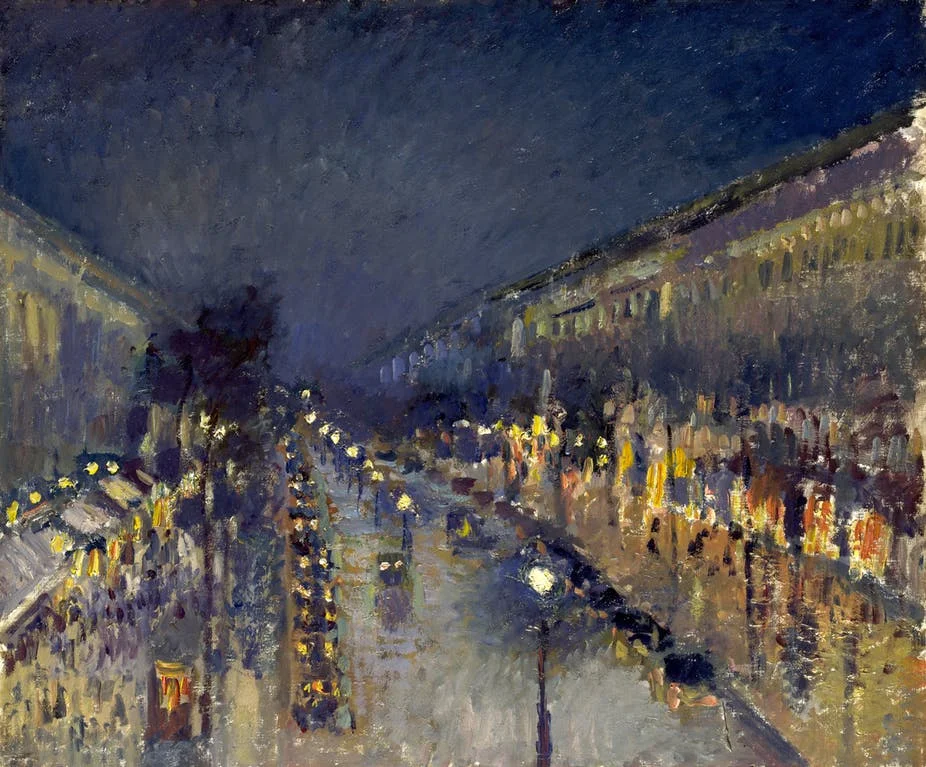Behavioural Optometrist Sally Adams shares Vision Therapy case notes.
Paul, aged 8 years, came to see me because he could not read what his teacher had written on the board, and he was having headaches. His eye examination showed he was not short sighted, even though his vision was blurry to the extent he would have failed the driving vision test, and his 3D vision was reduced.
Paul’s focus was not flexing normally and his eye movements for reading were not smooth. So he was not focussed on where he was looking, making reading a struggle.
Vision therapy for Paul was two fold; he started using reading glasses to reduce focusing stress, combined with vision exercises to improve the flexibility and accuracy of his focusing and eye tracking system. Within only a few weeks Paul’s distance vision returned to better than 20/20, his 3D vision returned to normal, and his headaches had reduced. The next step was to help him maintain this improvement so he would not suffer with the same problems again. He worked through 12 sessions of vision therapy with me for 30 minutes each week, while at home he completed 10 to 15 minutes of vision activities each day. With practice and commitment Paul’s vision system is automatically working efficiently which means he sees clearly and comfortably.
Names have been changed for privacy reasons.










